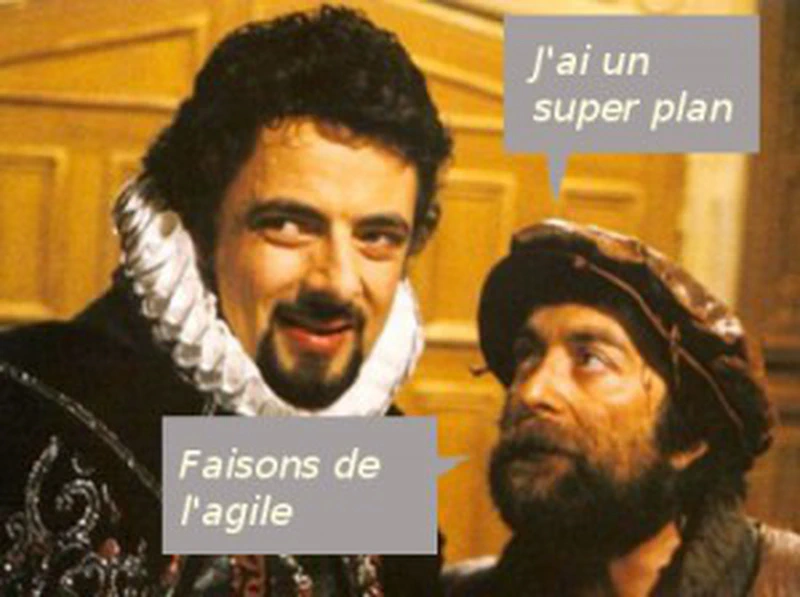Recently Jurgen Appelo triggered a promising initiative: bringing together, federating European agilists. I find this action very interesting. Especially in its form. Jurgen is trying to let the network bring forth its own organization while supporting it (and not guiding it).

I don’t know if he will succeed. You can sense numerous tensions behind it (not from him!), but as Laurent B. mentioned to me, agile is becoming “a sector of the software economy” (I like his phrase), and therefore agile whets appetites. Every initiative, every positioning is observed with suspicion. (Ah I forgot an important postulate: I’m paranoid). Jurgen mentions a big list -many agilists from Europe-, a small list -the agilists who position themselves for actions like conferences, etc.- and a mini-list: the key people. Oops sorry, Jurgen clearly specifies that the smaller the list, the less important it is (in size as in value), so it’s not about key people, at least not as we usually understand it. You have to make the effort to take him at his word, because instinctively we imagine the opposite: that the mini list directs the small one which directs the big one. Jurgen hopes -and I hope so too- that the mini list will frame the small one which will frame the big one. Frame instead of direct. No prevalence.

That’s where all the ambition lies, we would need to succeed in having agile organize itself in the image of its own values (self-organization, transparency, trust, respect, etc.). Some therefore ask that nothing be organized: no structure, no network, etc. Some ask to leave the agile world in complete autonomy, self-management. They may be right but how far can we go? This question echoes what Clay Shirky writes in Cognitive Surplus: we may need to accept as much chaos as possible (“As much chaos as we can stand”) to let a new horizon emerge. It’s the “as much as possible” that needs to be defined.
Agile and “agilists” would need to succeed in organizing themselves like the best social media. For that, for example, my action within an agile movement must bring me a gain (pleasure, opportunity, money, visibility, etc.), otherwise I won’t act. And it must at the same time bring something to other users and more globally to agile. We would need an organization of participants, not consumers and suppliers.
That’s Jurgen’s bet it seems to me. Let’s follow this with attention.
ps: in the image the unforgettable Blackadder and his faithful Baldrick. Thanks Fred for the discovery